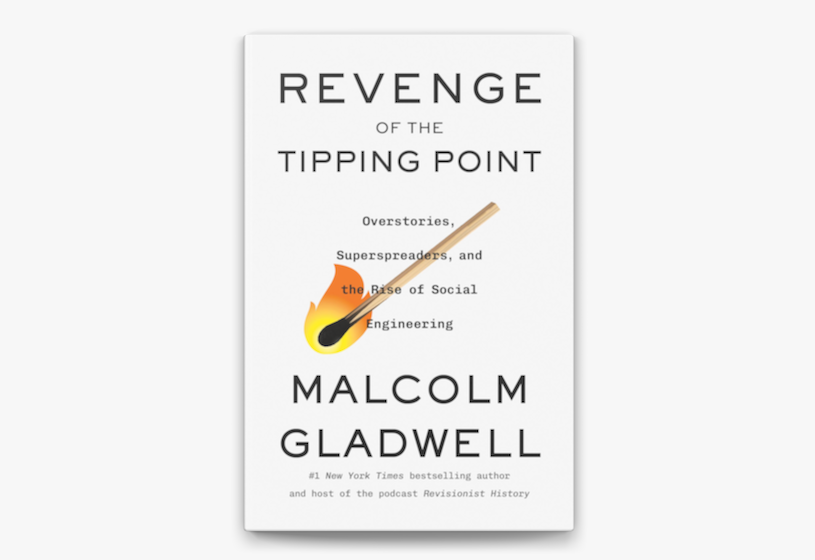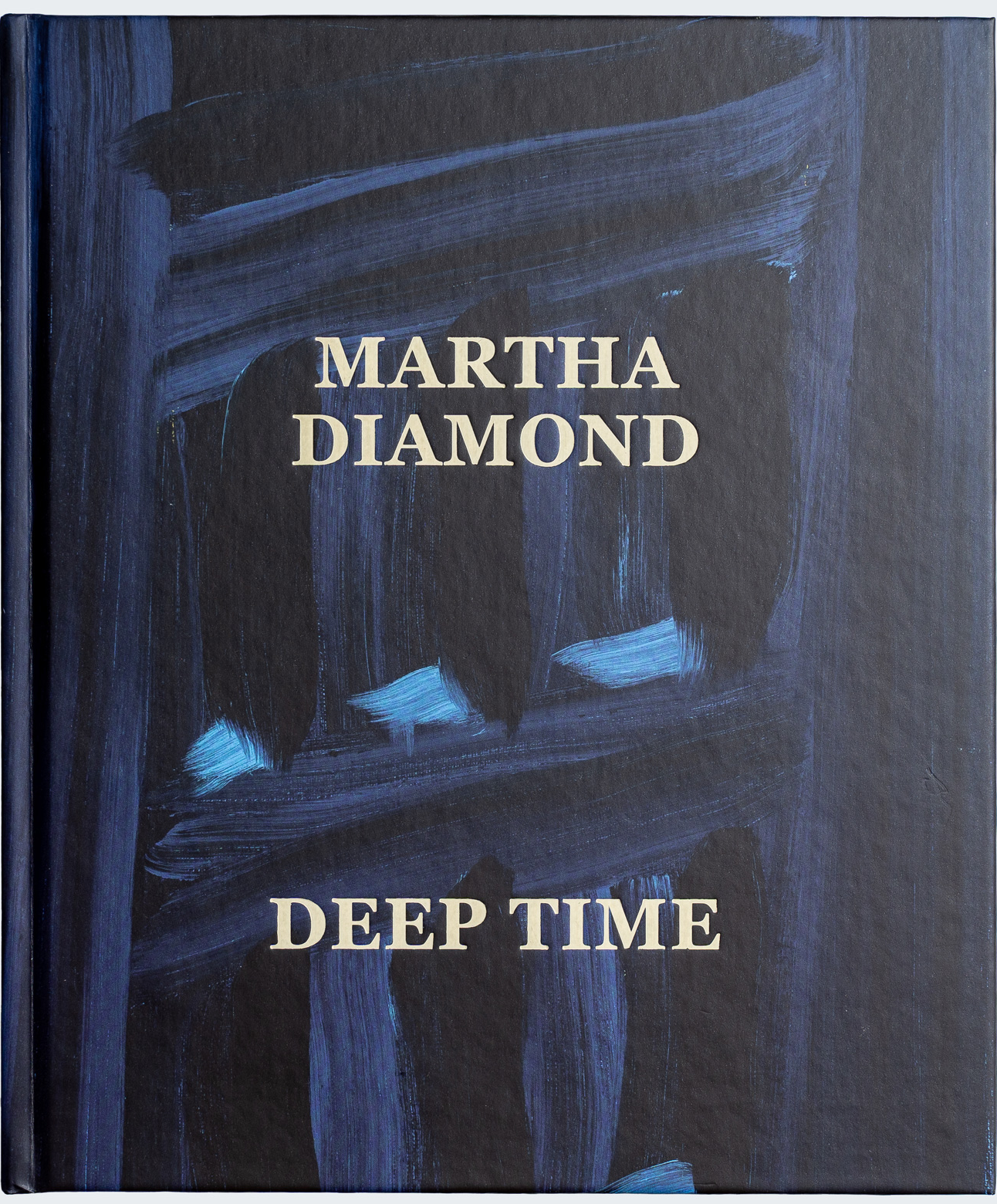This article was written and published at an intermediate period in the upscaling of American hospitality. The three lodgings featured here—the Castle Hill Inn in Newport, the Weekapaug Inn in Westerly, the Stone House in Little Compton—have since been zhuzhed up considerably. Not that this is bad—just different.
I FIRST SAW THE RHODE ISLAND SHORE as a child, up from Virginia to visit my father’s New England family. I remember playing on the beach at Little Compton while the grown-ups dug a pit and laid the fire for a clambake, and I recall a sense of wonder, fueled not just by the clean white sand but by the clambake itself—the clams glistening in their shells, the briny tang of corn and potatoes steamed in seaweed, the sweet and succulent lobster, all of it plucked hot from the pit in a ritual as old as New England itself. Clearly this was a special place.
Now I find myself on a very different beach, six miles and a world away. Bailey’s Beach in Newport is probably the most exclusive crescent of sand on the East Coast, the very private preserve of the heirs to the opulent “summer cottages” that line the cliffs nearby. My host, a caretaker to the Newport mystique, has just given me a driving tour of landmarks that seldom make the guidebooks: Harbour Court, the John Nicholas Brown estate, now the summer station of the New York Yacht Club; Land’s End, where Edith Wharton lived when she was newly married; the immense stone château of John Russell Pope, architect of the National Gallery in Washington. “I say people come here to see a way of life,” he remarks as we walk through the beach’s 1930’s clubhouse. “But if there are no animals in the zoo, people won’t come to the zoo.”
I’ve stopped in Newport during a weeklong jaunt along the Rhode Island shore, from Watch Hill in the west to Little Compton in the east. Rhode Island, I’ve been told, is where the American summer vacation was born, and in Newport a century ago it reached its most stylized and extravagant form. Unlike their Belle Époque predecessors, however, today’s society folk don’t exactly preen for the masses. They’d rather lounge in their cabanas here on Bailey’s Beach, basking in gentle breezes while the celebritocracy in the Hamptons and on the Vineyard burns in the media glare.

Marble House was the summer cottage of Mr. and Mrs. William K. Vanderbilt.
On the other hand, seldom have zoo animals been so eager to show you their cages. Many summer cottages have admittedly gone the condo route—even Crossways, the grandiose white-columned mansion (picture Tara on steroids) where Mrs. Stuyvesant Fish scandalized turn-of-the-century society with such entertainments as her Servants’ Ball, for which guests dressed up as footmen and scullery maids. But enough of the other great houses have been rescued by the blue bloods of the Preservation Society of Newport County to keep the diligent tourist on his feet for days.
The mansion tours can be instructive, but I didn’t really begin to understand Rhode Island until I went to Trinity Church, whose steeple has dominated Newport Harbor since 1726. It was Church of England, not Congregational as in other New England towns: Newport is very C. of E. Inside I saw plaques to Pells and Fishes and Vanderbilts—to the old Rhode Island elite, in other words, and to the would-be nobility of the Gilded Age. A sign on the balcony notes that the organ was given in 1733 by Bishop Berkeley, who preached here for three years before returning to Ireland and the problems of empiricism (if a tree falls in the woods…). A Tiffany window depicts Cornelius Vanderbilt II, the railroad magnate who built the Breakers—one of the best-known Newport mansions—putting on “the armor of God” (Ephesians 6). A plaque honors Martha Crawford von Bülow, who was not, a jury decided, dispatched to a coma by her husband Claus at their Bellevue Avenue mansion.
Bishop Berkeley, Cornelius Vanderbilt, Claus von Bülow: what other place could draw such a heterogeneous lot? Rhode Island, as my host at Bailey’s had pointed out, has been an aberration in Puritan New England ever since it was founded by a dissenting preacher from Boston in 1636. Quakers, Baptists, Anglicans, Jews—together they made Newport one of the leading ports of colonial America, even if Cotton Mather condemned it as “the sewer of New England.” Later came the Civil War and the orgy of empire-building that followed. When a local farmer named Joseph Bailey teamed up with a real estate developer with ties to New York society, Newport’s future was set.
F. Scott Fitzgerald saw upper-crust New England as “the sober table,” dour and puritanical, and New York society as “the gay table,” the scene of unabashed revelry and frolic. For two months each summer that table moved to Newport, where the new aristocracy of the industrial age, drawn by a vogue for the sea, held court in faux palazzi and would-be châteaux. Which is how Newport and the Rhode Island shore became not just a summer playground but a stage on which generations of Americans would act out their conflicted attitudes toward wealth.
Newport today is a city of charity balls and midnight carousing, of the quietly rich and the noisily young. The Old Money feels embattled, as Old Money generally does. Things haven’t been the same since the Depression, or since the Newport Bridge made the town accessible to day-trippers in 1969, or since the America’s Cup was lost to the Aussies in 1983. Henry James, who lived during the Civil War years on Spring Street in a large stone house that’s now a funeral parlor, saw the Newport of his youth as a delicate thing, “like a little bare, white open hand, with slightly parted fingers.” On his return four decades later he was horrified to find it, as Louis Auchincloss later wrote, “crudely crammed with gold.” Were the master to hit upper Thames Street on a summer weekend today, I’m afraid he’d find it smeared with fudge.
FAILING AN INVITATION to one of the grand summer cottages on Bellevue Avenue or Ochre Point, the best escape from Thames Street is a rambling Victorian called the Castle Hill Inn. Well out of town on the Ocean Drive, Castle Hill itself is a 40-acre promontory that dominates the main passage to Narragansett Bay, the glacial basin whose inlets slice deep into Rhode Island’s coastline. Here you can stand on the rocks and watch freighters from Europe and Japan making their way toward Providence, tour boats peering timidly past the cliffs before scurrying back to port, big yachts heading out to the open sea. In bad weather you can be awakened at 6 a.m. by dueling foghorns from Castle Hill Light and an incoming freighter: the lighthouse welcoming and polite, the freighter booming deep and loud and urgent, utterly invisible though only 200 yards away.
There’s been an inn at Castle Hill for 50 years; in its heyday it played host to the likes of Thornton Wilder, who wrote much of Theophilus North in a third-floor guest room. The mansion was built in 1874 as the summer house of Alexander Agassiz, the scientist whose lab became the basis for the Marine Biological Laboratory in Woods Hole. It’s a classic Addams Family pile, with a big turret, a broad sunporch, and gables and dormers stuck on every which way. For years it had a certain shabby gentility that grew shabbier and shabbier until finally, in 1995, the owners brought in new management.
Not a moment too soon, to judge from the cheap wicker furniture, buckling shag carpet, and peeling lime-green wallpaper in my room. Yet the newly renovated first floor was the picture of Victorian exoticism, its butternut paneling burnished to a soft glow, its parlor still graced with Dr. Agassiz’s antique Chinese tables and the intricate mandala he had designed above the fireplace. Dinner wasn’t quite up to the setting—the planked salmon with succotash was fragrant and tasty, but a chowder of sea scallops and seared wolffish with crisp potatoes was as unconvincing as it sounds, and I didn’t know what to do when the waiter rested his hand on my shoulder as we went over the wine list. But the ambition was there, even if the reach was short—and over this past winter most of the guest rooms received the same makeover as the first floor. More dramatic changes are in the works: bike and kayak rentals, a marina in the cove, a lunchtime water shuttle to Newport. The little white hand, in other words, is in for a manicure.
This is not necessarily bad news. Henry James was prescient when he lamented Newport’s transformation into “a mere breeding-ground for white elephants”: unlike newer resorts with a more contemporary definition of excess, Newport staggers visibly under the weight of its past. Down Ridge Road is Hammersmith Farm, where Jacqueline Kennedy Onassis grew up and Caroline and John Jr. summered as children; it’s now operated as a tourist attraction by an investor group called Camelot Gardens. Beechwood, the Victorian summer cottage of Mrs. William Backhouse Astor—the Mrs. Astor who ruled New York society in James’s day—has been taken over by a theater troupe that conducts tours not merely in costume but in character, as if the hordes of tourists in T-shirts and jogging shorts had somehow managed to wangle a dinner invitation. A few gates down on Bellevue Avenue is Clarendon Court, the von Bülows’ former abode: how long before it too opens its doors to hoi polloi, perhaps with an Audio-Animatronic Claus in black leather to add spice to the proceedings?
Nothing could be farther from the good works of the Preservation Society, whose sumptuous properties form the backbone of official Newport tourism. But to visit Newport is to feel precisely this pull: between spectacle and discretion, breeding and vulgarity, the rich and the wannabes, the rich and themselves. If James saw turn-of-the-century New York society as a parody of European court life, its members proved his point when they cast themselves as (in the words of one Wall Street financier) “nature’s noblemen.” How appropriate that their castles should now be crowded with tourists by day and rented out for perfume launches by evening, or that the harbor of the colonial town they overran should be jammed with rowdy young people of dubious pedigree.
The hurly-burly of Newport Harbor—oddly democratic, despite the massed wealth on its waters—might actually be the perfect antidote to Bellevue Avenue. Or so I thought one afternoon as I drank a German beer at the gleaming outdoor bar of the Mooring, on Sayer’s Wharf. I was admiring an incoming J-boat, the princeliest class of Newport’s many classes of yachts, when amid the forest of masts I spied the Adirondack, a schooner that offers tours. The next sail was at six….
For two hours we skimmed across the bay while crew members pointed out the sights—the 18th-century houses around Trinity Church, among the 83 reclaimed at a cost of $15 million by Doris Duke’s Newport Restoration Foundation; Harbour Court, on whose flawless lawns HRH Prince Charles would soon host a $500-a-plate dinner; an $8 million yawl flying the Bahamian flag; a vintage schooner awaiting a $6 million restoration by the Elizabeth Myer Foundation, which specializes in old yachts. Any way you slice it, Newport is a sponge for money.
The less socially ambitious of the Gilded Age rich turned to other towns on the Rhode Island shore—to Jamestown, on the sparsely populated island opposite Newport, and to Narragansett, which guards the west passage to Narragansett Bay. Jamestown is where Main Line Philadelphia families summered, and still do. Narragansett rivaled Newport until a fire destroyed its grand hotel and its Stanford White casino in 1900; today it has the forlorn aspect of a resort that might have been. But beyond it lies the curious domain known as South County, a sleepy backwater whose beaches, ponds, farms, and swamps somehow capture the essence of coastal Rhode Island. Here, in secluded Yankee beach colonies like Weekapaug and Watch Hill, you will find the sober table, the uncommercial counterpoint to the frenzied charms of Newport. What no one will tell you is that the two are flip sides of the same coin.
CERTAINLY FEW RESORTS ARE MORE AUSTERE than the Weekapaug Inn. This gray-shingled, 65-room oceanside hotel is like an enormous yacht, crisp, spare, and utterly shipshape. But it is not a yacht where you will be pampered. Owned for all its 98 years by the Buffum family, whose Quaker forebears settled in Newport in the 17th century, it is dedicated to the ideals of peace, quiet, and a respectable good time. This is Yankee hospitality at its most extreme: bare bulbs, chenille bedspreads, rock maple bureaus, and sweet sea breezes.
The location is idyllic. Stretching for two miles beyond the inn is Quonochontaug Pond, a tidal inlet where ducks, geese, swans, and egrets swim. A private beach lies just over the dunes. Weekapaug village, which nestles up to the front gate, is understated and serene, a classic WASP beach community of the sort that sent Woody Allen around the bend in Interiors. Surrounding it is a carefully preserved buffer of dairy farms. Finding the place can be a problem, since there are no billboards, just a road sign that reads dead end. It’s the kind of spot you almost have to be born knowing about— like a club that manages to maintain an air of exclusivity without actually excluding anyone.
The guests are a varied lot— extended families from Connecticut and Massachusetts; older couples getting away for a while; younger couples traveling in groups, most of them waiting for cousin so-and-so to vacate the family cottage on Buzzards Bay or Nantucket or Boston’s North Shore. Children are not much in evidence, since the inn provides day care. There are no room keys, but don’t worry: nobody here wants your old pearls anyway.
In the dining room, a pair of impossibly fresh-faced college students, who are your busboy and your waitress, stand ready to introduce themselves. Remember their names; they’ll be taking care of you for the duration. (You will, of course, want to dress for dinner.) The food is surprisingly sophisticated—roast asparagus with papaya on watercress, a wickedly intense lobster bisque, grilled sea scallops in a medley of tasso and tomato, a shimmering blueberry custard for dessert. The bar is BYOB; the waitress will keep your wine chilled in the kitchen.
Activities are blessedly few— an afternoon croquet clinic, a postprandial bingo party, an evening slide show called “The Birds of Weekapaug.” You can drive to Watch Hill, on Rhode Island’s westernmost tip, and wander out to the lighthouse. Or you can go to Ninigret, the next pond to the east, and walk the trails in the wildlife refuge. But a hurricane was approaching when I arrived, so I headed inland to marshy ponds and tranquil villages—Peace Dale, Carolina, Shannock—that were booming mill towns 150 years ago. Driving back along the coast I saw high hedges and stone gates and private lanes disappearing into secret worlds—relics of the plantation system that was tried here until the land proved inhospitable to agriculture and industrialists bought up the estates.
I’d thought about going to Matunuck after dinner to catch Singin’ in the Rain at Theatre-by-the-Sea, a wonderful old barn of a place surrounded by pastures near the ocean. But it was raining too hard, so I decided to stay put for the Weekapaug’s Saturday-night movie, His Girl Friday. The projector broke down just as Rosalind Russell was about to dump Cary Grant for the third time, adding a note of suspense. It was almost 10:30 when the film ended, and most of the inn was already asleep. No, the Weekapaug is not for everyone—which is precisely the point.

The Stone House in Little Compton

 April 1, 1997
April 1, 1997






